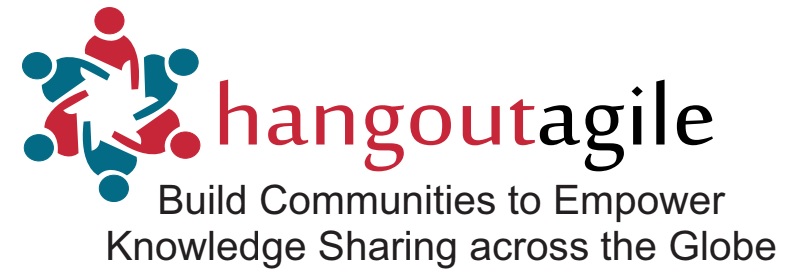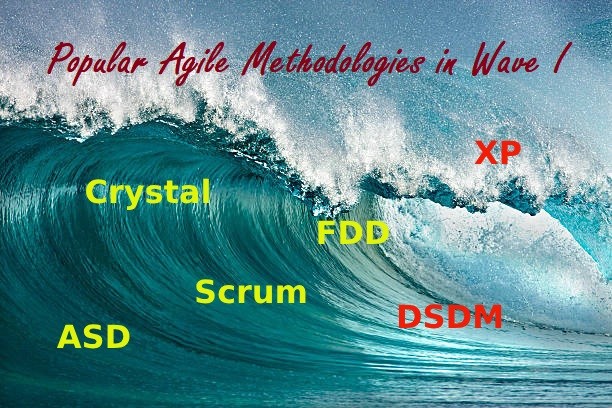Popular Agile Methodologies:
Scrum:

Scrum is today, somehow becomes the synonymous with Agile founded by Ken Schwaber and Jeff Sutherland. This agile methodology is definitely an improved project management process. It brings rhythm and synchronizes. people all working towards the same goal. I like how Scrum provides a simple. Starting framework that builds trust through incremental delivery. Plan a bit,deliver a bit, inspect and adapt.
Extreme Programming:

Extreme Programming (XP) is invented by Kent Beck, XP builds on Scrum practices and adds in Technical Practices. Even these Technical Practices bring value without necessarily following XP. Examples include Continuous Integration, Pair Programming, Refactoring, and Automated Testing including TDD. XP highlights Technical Practices that make Agile Software Development work.
Feature Driven Development:
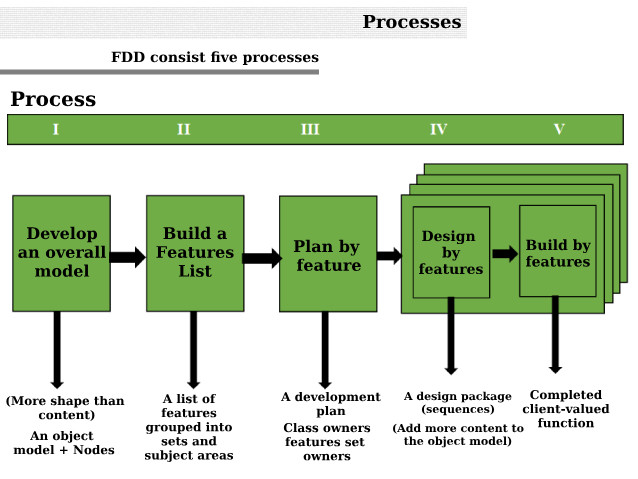
Feature Driven Development (FDD) is not heavily used in the industry. It’s iterative, focuses on domain modelling and used dynamic teams to create features. I like how there is an explicit design phase for features and a focus on unit testing. In opposition to XP, FDD encourages individual class/feature ownership. I feel this trades-off consistency within a feature against consistency in the application. I used FDD as an inspiration for delegating to Feature Leads.
Adaptive Software Development:
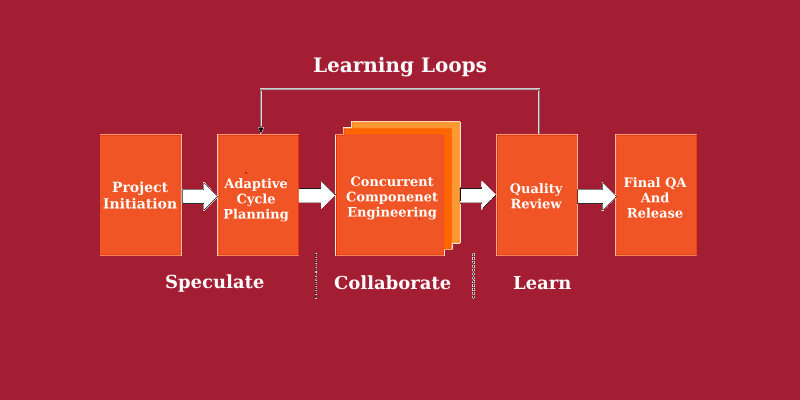
Adaptive Software Development (ASD) stems out of the Rapid Application Development (RAD) methodology. It grew from the work of Jim Highsmith and Sam Bayer. This methodology is super simple. Small cycles of Speculate, Collaborate and Learn. ASD is not prescriptive with its practices, instead providing guidelines. The way ASD highlights Mission, Vision, Leadership and People is really interesting. This will specifically appeal for those in management roles.
DSDM:
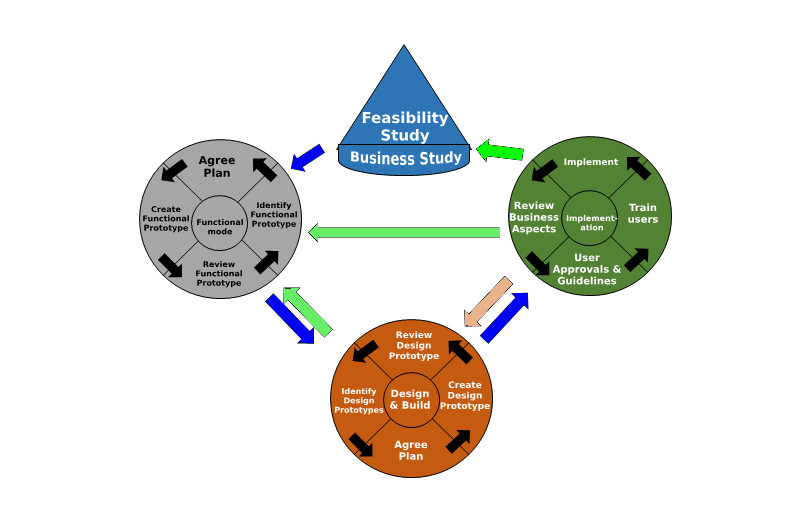
DSDM is an Agile method that focuses on the full project life-cycle, DSDM (formally known as Dynamic System Development Method) was created in 1994, after project managers using RAD(Rapid Application Development) sought more governance and discipline to this new iterative way of working. I like the emphasis on modelling and the invention of MoSCow (Must Have, Should Have, Could Have, Wont Have this time). DSDM’s philosophy is that “Any project must be aligned to clearly defined strategic goals and focus upon early delivery of real benefits to the business.”
Crystal:

Crystal is a meta-methodology. Alistair Cockburn, who thinks deeply about the process of building software, invented Crystal. This methodology help define a specific methodology. Cockburn describes a process to “tune” a methodology to fit its context. He created specific methods (e.g. Crystal Clear) for different contexts. Some cater to larger groups. Others consider the domain characteristics (e.g. safety or life critical) Like other agile methodologies, Crystal focuses on collaboration and communication. In his book, I liked how Cockburn described osmotic communication. It was also one of the first methodologies I read that focused on personal safety. There are plenty of research demonstrated how important psychological safety is for high performing teams.
Do You Want to Know More about the below listed WAVE-I Agile Methodologies? Please click on the below link after 15th October 2018:

- SCRUM
- XP
- FDD
- ASD
- DSDM
- Crystal
Are you Seeking Deep Level Understanding about any of these Agile Methodologies? Please Write to me through Email: dileepav@gmail.com
